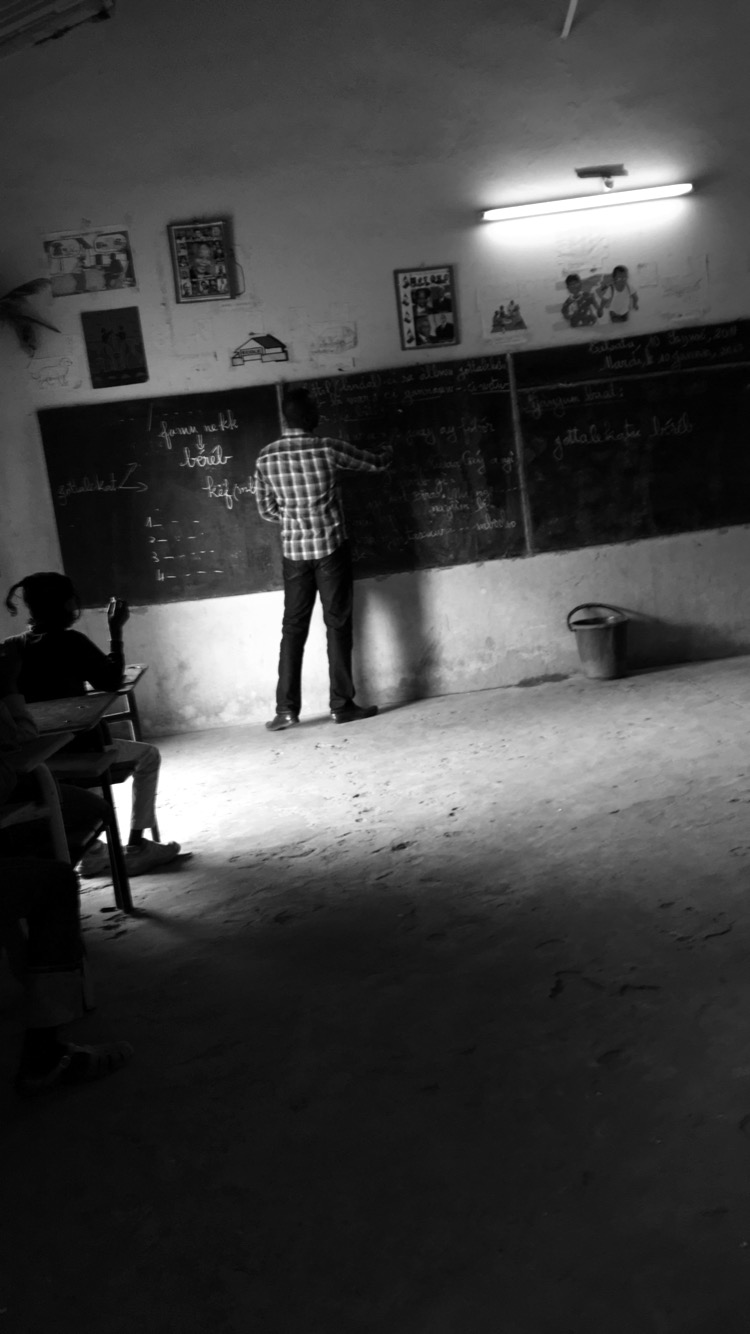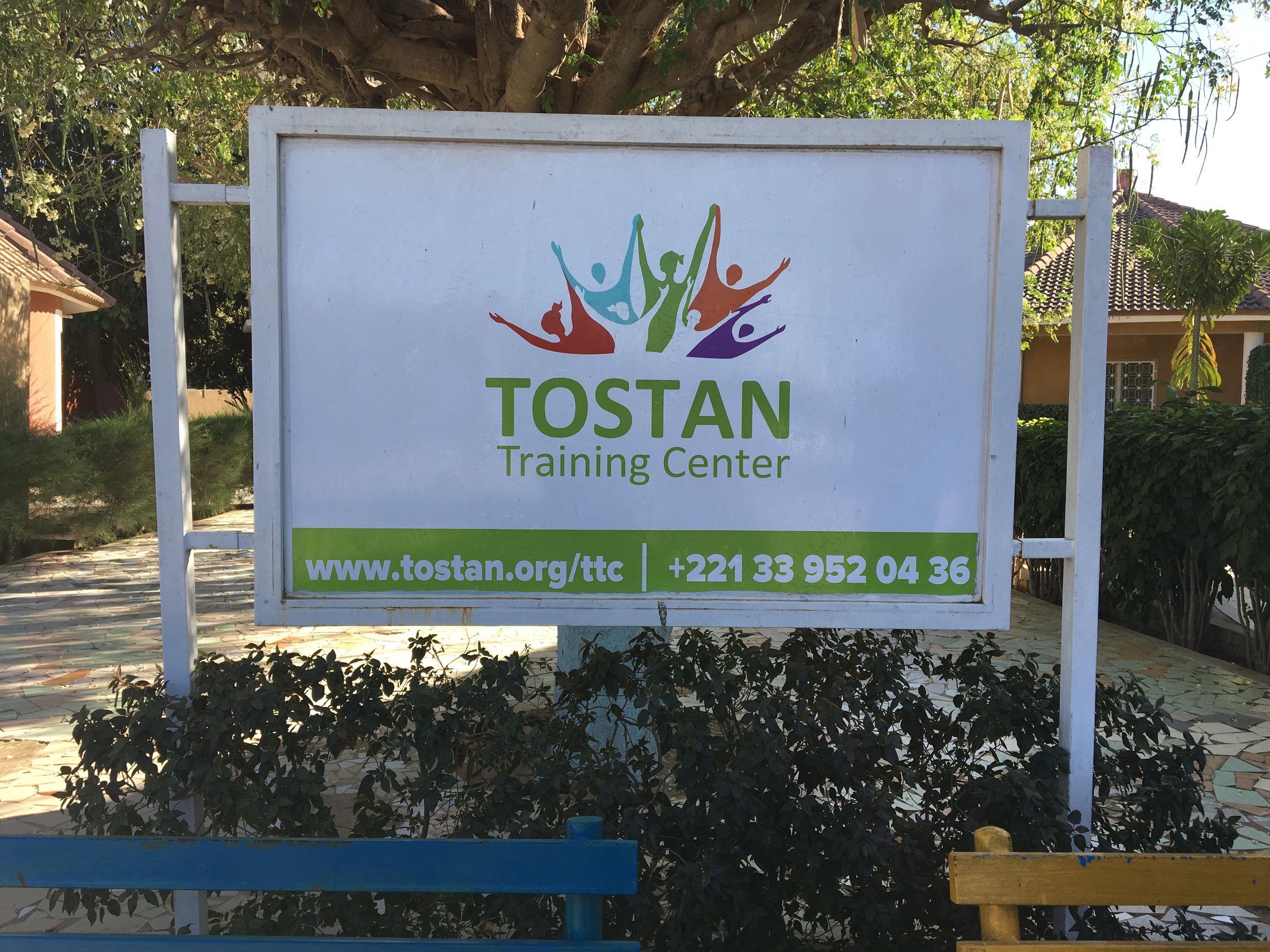National Language at the Crossroads
 Throughout our time in Senegal we have met with many stakeholders included in the discussion of national language in education. One speaker presented on national language implemented in formal education from the Ministry of Education. Another speaker presented on national language that started as non-formal education for adults which has evolved into a program for children that will soon be implemented into formal education. We also heard from Tostan, an organization that conducts a three-year educational program for communities in rural villages. During this meeting, there was one question left lingering; where is the intersection of formal and non-formal education with Tostan? All the other speakers we heard from has been moving in the direction of formal education. It would be worth exploring if Tostan can scale up or sustain without moving into formal education.
Throughout our time in Senegal we have met with many stakeholders included in the discussion of national language in education. One speaker presented on national language implemented in formal education from the Ministry of Education. Another speaker presented on national language that started as non-formal education for adults which has evolved into a program for children that will soon be implemented into formal education. We also heard from Tostan, an organization that conducts a three-year educational program for communities in rural villages. During this meeting, there was one question left lingering; where is the intersection of formal and non-formal education with Tostan? All the other speakers we heard from has been moving in the direction of formal education. It would be worth exploring if Tostan can scale up or sustain without moving into formal education.
This question originated from my experience working in community development. In the Philippines, there is a conditional cash transfer program implemented by the Department of Social Welfare and Development. Similar to the Tostan model, adults attend educational sessions to alleviate poverty for better livelihood of children and the family. This national program is implemented in every small village where low income families are identified and selected to participate. Some contrasts between the  organizations is first the monetary incentive attached. Families receive a cash grant from the government to attend these two-hour sessions.
The other difference is the frequency. Tostan meets a couple days a week while the program in the Philippines only meets once a week. The other major difference is the role of facilitator.
In Senegal, the facilitator is select from outside of the village but speaks the same language and they are obligated to live in the village for the duration of the program. The Philippines program has a variety of facilitators whom rotate every session. You can hear from local religious leaders, program development officers who oversee the program in specific municipalities and even fellow beneficiaries chosen as leaders of the group.
organizations is first the monetary incentive attached. Families receive a cash grant from the government to attend these two-hour sessions.
The other difference is the frequency. Tostan meets a couple days a week while the program in the Philippines only meets once a week. The other major difference is the role of facilitator.
In Senegal, the facilitator is select from outside of the village but speaks the same language and they are obligated to live in the village for the duration of the program. The Philippines program has a variety of facilitators whom rotate every session. You can hear from local religious leaders, program development officers who oversee the program in specific municipalities and even fellow beneficiaries chosen as leaders of the group.

With the Tostan program. It has only been implemented in select villages across six countries. However, there is no relationship with the formal education system. Other organizations such as ARED, began as a program for adults and then changed their demographic to children. The program for children was a after school program that has now been incorporated into the regular school day. Tostans model has also been chosen to be implemented into another bilingual education program. This will be the first time Tostan will enter a formal classroom and it is not guaranteed to succeed. Lisa Mbacke of Management Systems International stated that not all programs that achieve great success will prove successful when scaling up. This would be my concern for Tostan because it has not worked with children. The model as it is has been designed to build off of background experiences that can connect to the learning. The adaptation needed for the public school system maybe better suited for out of school youth or late entry students. Our professor mentioned the School for Life in Ghana which provides an accelerated education program for those that have been out of school for a long period of time. From the information we have been provided on national language and education, scaling up within the countries government seems to the be approach for sustainability. That said, if the Political Will exists with the Ministry of Education, non-formal and formal education can show more overlap hopefully increase the longevity of these non-formal models.
-Javonni McGlaurin
